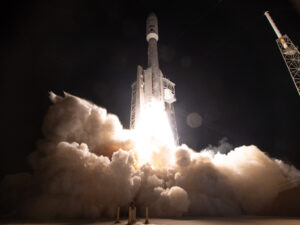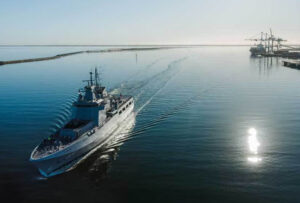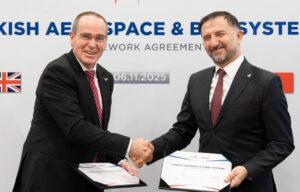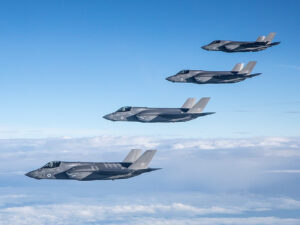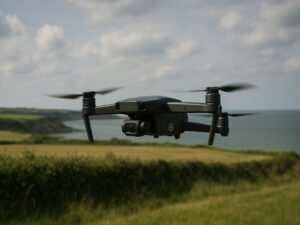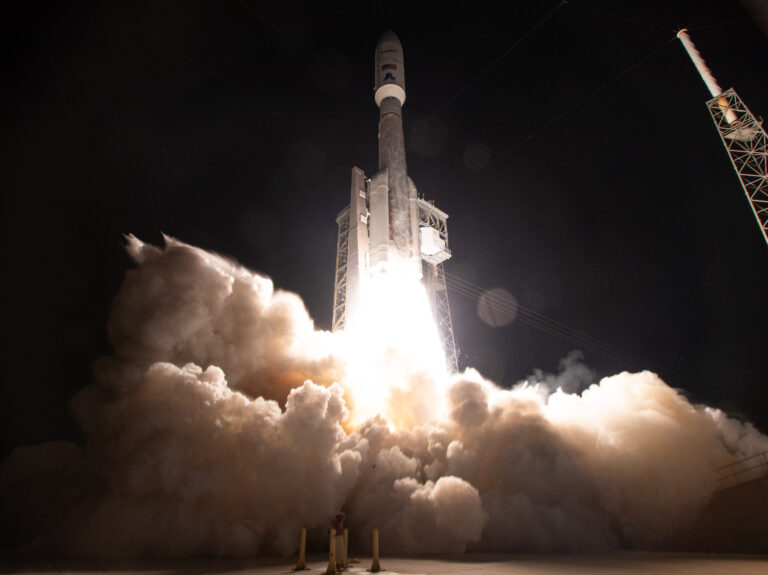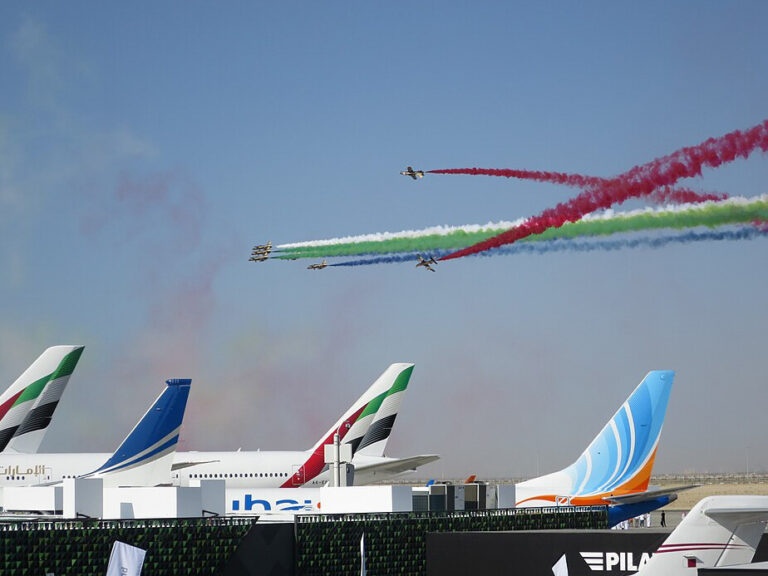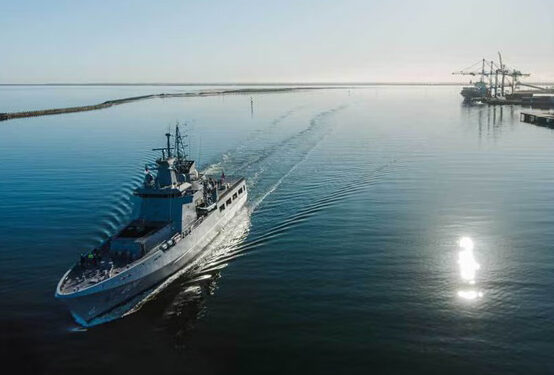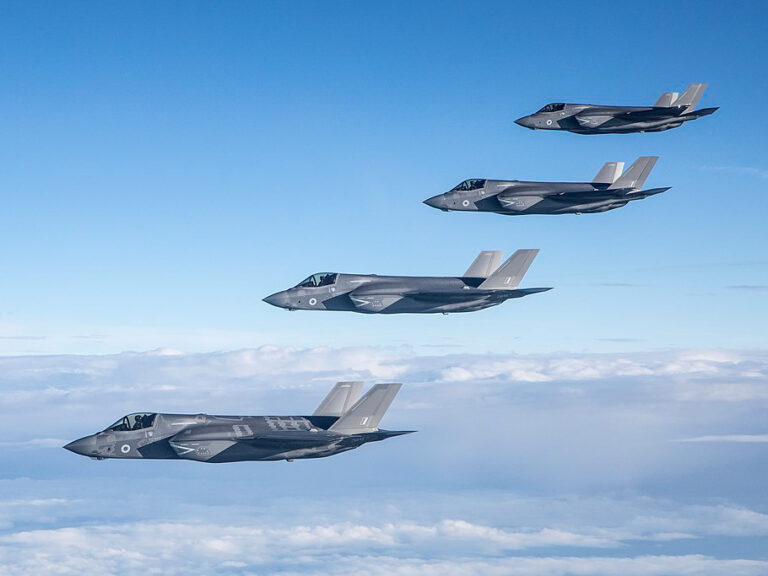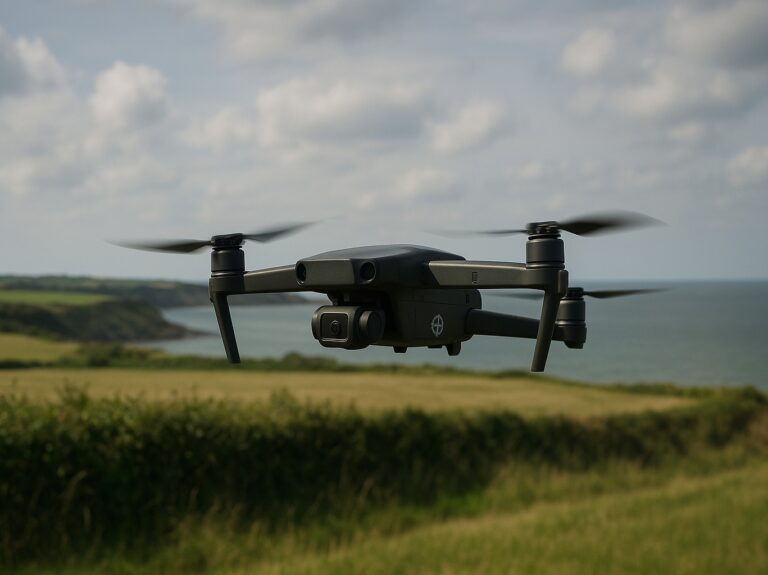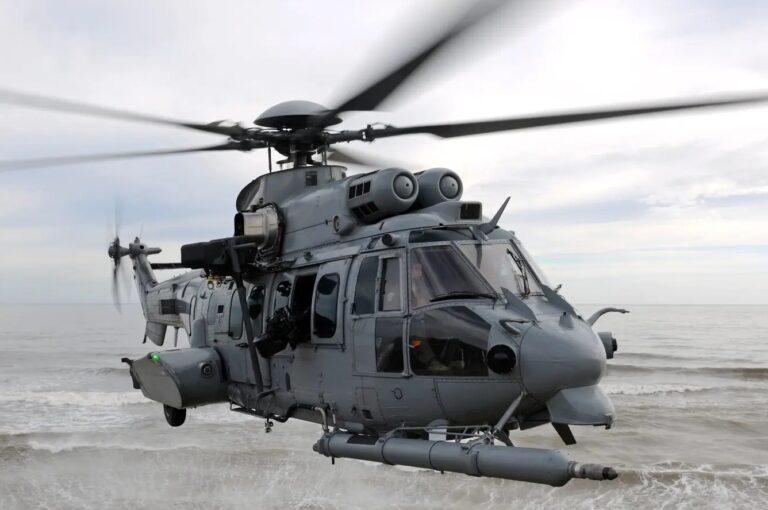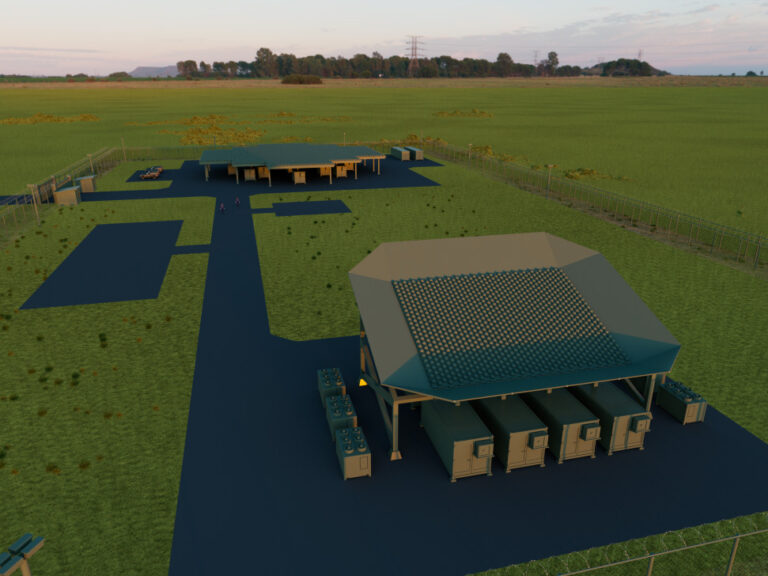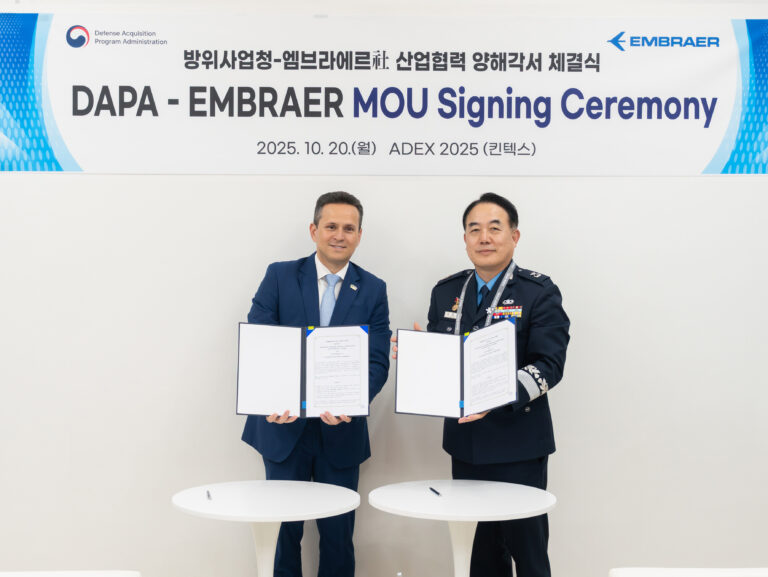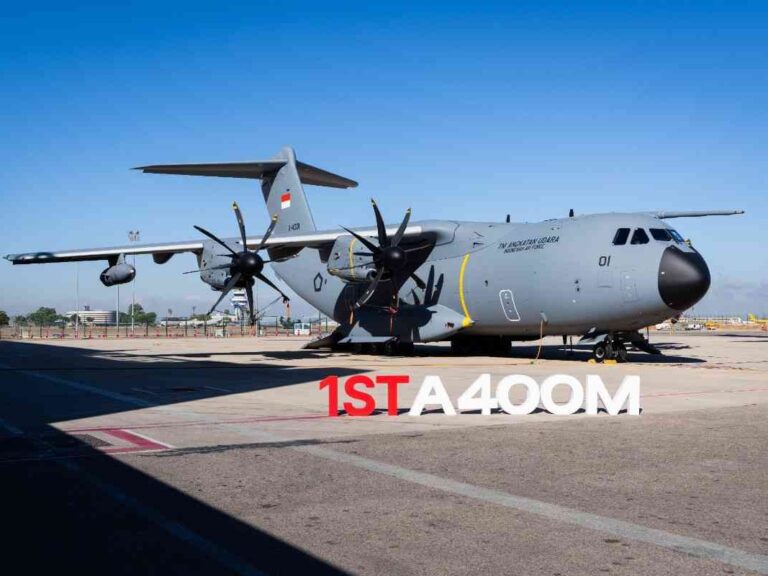A United States Army National Guard sergeant has become the first soldier to plan and execute real-world autonomous missions using a Sikorsky Optionally Piloted (OPV) Black Hawk helicopter equipped with MATRIX technology. The milestone occurred during the Northern Strike 25-2 exercise in Michigan, marking a major step in demonstrating how autonomous flight can enhance mission reach and reduce risk to personnel.
Working with the Joint Personnel Recovery Agency and DARPA, Sikorsky fielded the OPV Black Hawk to showcase operational use of autonomous flight systems. After less than an hour of training, the soldier independently planned, commanded, and executed multiple missions using a handheld tablet. The missions included directing a 70-nautical-mile transport and conducting several precision airborne drops—the first time a warfighter, rather than a trained test pilot, has fully controlled the aircraft.
During Northern Strike, the OPV Black Hawk demonstrated its versatility across three mission types: cargo delivery, sling load transport, and medical evacuation.
“With lives on the line, Sikorsky’s MATRIX flight autonomy system can transform how military operators perform their missions,” said Rich Benton, vice president and general manager of Sikorsky, a Lockheed Martin company. “An optionally piloted Black Hawk aircraft can reduce pilot workload or complete missions without humans on board, offering commanders flexibility and resilience in contested logistics situations.”
MATRIX technology, developed under DARPA’s ALIAS programme, enables untrained operators to perform complex aviation tasks, including resupply and personnel recovery, in hazardous or low-visibility environments. This achievement reinforces Sikorsky’s position as a leader in advancing autonomous military aviation and developing future-ready systems for the joint forces.

